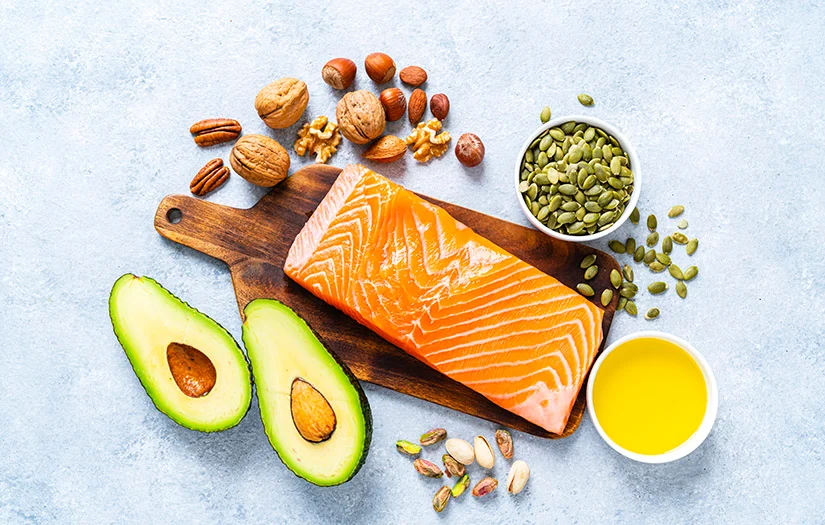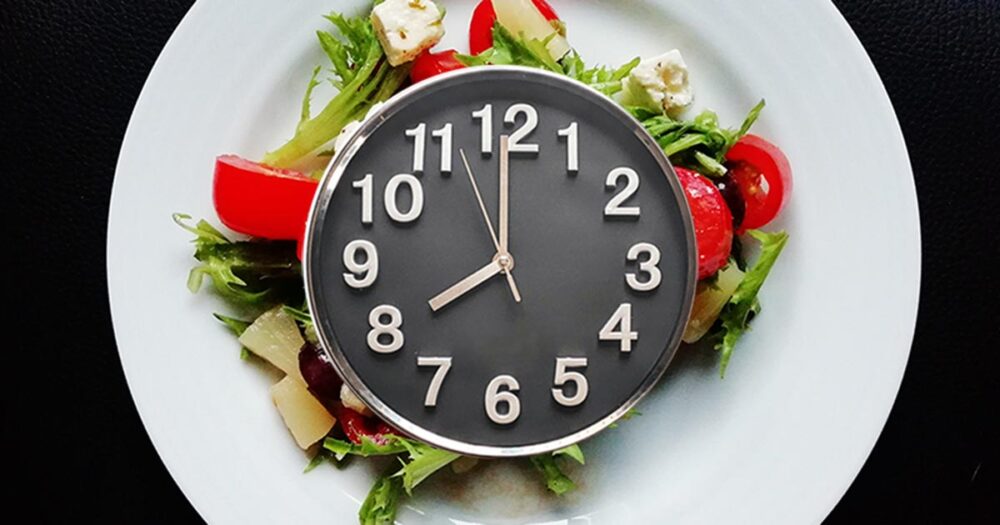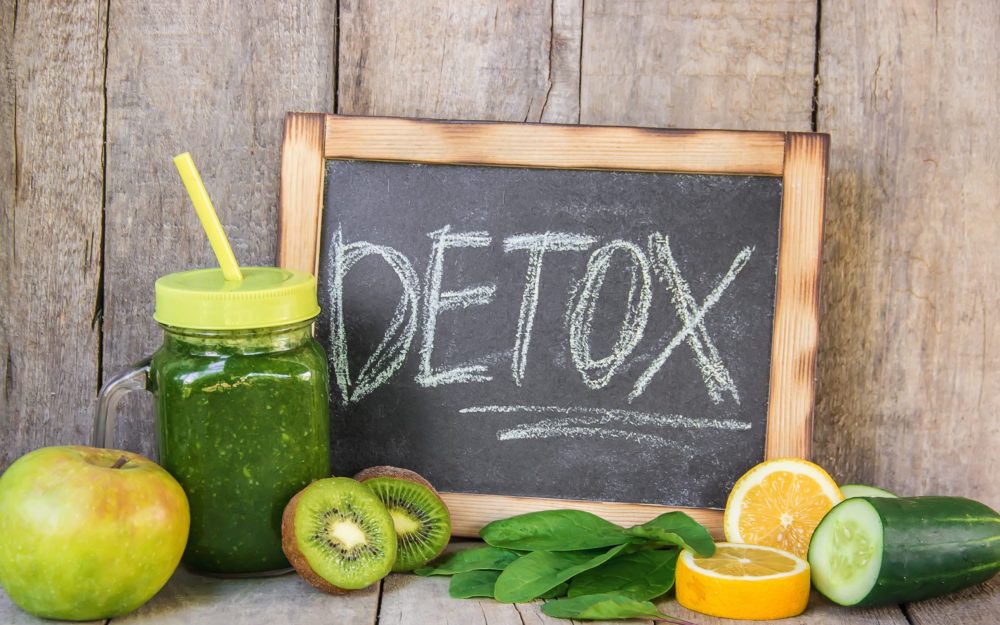Fuelling your workout – Fats

For the last couple of months, I have talked about how protein and carbohydrates can fuel your workouts. It is now time to talk about Fats!
Fats
Excess fat can be a distinct disadvantage in most athletic disciplines, however, fats are the right level are very beneficial especially when carbohydrate levels are low fat becomes the primary fuel for energy production within the body.
Fat is incredibly important to the body and if you are eating the right fats in the right amounts, then fat won’t make you fat! Every cell in your body requires fat. Fat makes up the membrane of the cell which is responsible for taking nutrition into the cell and waste products out. The better functioning the cell membrane, the more likely transportation and communication between cells is happening more effectively.
Did you know that vitamins A, D, E and K are fat soluble vitamins? This means that without fat, they will not be absorbable within the body. These vitamins have many different roles within the body that include immunity, hormone balance, gut health, skin health and clotting. You really need to ensure that you are eating your healthy fats to ensure you are absorbing these vital micronutrients!
There are many different types of fat and they are not always ‘equal’ within the body. Some of these fats are essential to the body (ie. They cannot be made by the body) and these include omega 3 and omega 6 polyunsaturated fatty acids. More about these essential fats later!
Fats should be included at every meal. They are satiating (keeping you fuller) and also aid digestion. To digest fats, our body releases bile from your gall bladder and digestive enzyme, lipase from your pancreas. Bile has a very helpful role in ‘moving things along’ within the small and large intestine by instigating a peristaltic action within the gut. If you suffer from constipation, are you getting enough fat into your diet?
Fat is the backbone of our sex hormone production. Cholesterol isn’t always the bad guy! It helps to make key hormones: oestrogen, progesterone and testosterone. If you are suffering with low libido or a lack of menstruation, it can be a sign that fat intake is limited. Alternatively, it may be due to a lack of digestion or absorption and this mean that your digestion is not optimal. If this sounds like you, you may benefit from working with a Nutritionist like myself. Find out more here.
Types of Fat
The main sources of fat include:
- Saturated fats
- Transfats
- Monunsaturated fats
- Polyunsaturated fat which include:
- Omega 3 fats
- Omega 6 fats
We want to prioritise different sources of fats within our diet and exclude certain fats altogether.
Some saturated fats are good in moderation. These include butter, coconut oil, cheese and eggs. Palm oil is a saturated fat and best avoided.
Transfats are fats that have been modified by processing. Whilst the production of these has gone down in recent times, they can be found in ready meals, spreads and processed cakes and biscuits. Because of the way the fat has been modified by processing methods, our body can struggle to recognise these fats and can have a negative impact on our body and detoxification processes. Transfats can have a negative impact on cholesterol profiles and are linked to insulin resistance which can cause weight gain.
Monounsaturated fats are a great source of fats for the body. These are found in abundance in the anti-inflammatory Mediterranean diet. This diet is one of the most studied diets for various chronic disease but also is very useful for all types of sport. The Mediterranean diet is high in nuts, seeds, avocado and importantly, extra virgin olive oil. Try to buy the best quality olive oil you can afford and look for it in dark bottles made of glass to ensure the oil hasn’t become ‘oxidised’ whilst sitting on the supermarket shelf or in your cupboards at home.
Finally, we have polyunsaturated fats that include the essential fats – omega 3 and omega 6. It is really important we consume these fats in ‘balance’. The typical westernised diet is high naturally in omega 6 which is abundant in most plant and vegetable oils that are used in processed foods and animal and animal products such as meat, eggs and dairy. The enzymes we use to break down omega 3 and omega 6 fats are the same ones. If we are eating a diet high in omega 6 then it means omega 3 fats are not reaching our cells. As mentioned above, omega 3 fats are found in high amounts in oily fish and also in plant foods, particularly chia seeds, flaxseeds, hemp seeds and walnuts alongside dark green leafy vegetables.
It is worth noting that foods do not consist of one type of fat. For example, almonds contain saturated fats, monounsaturated fats and poly unsaturated fats!
How does fat help with training?
Fat has a crucial role in helping to deliver oxygen to muscles when we need it. This is important for both HIIT and weight training, to longer, more endurance sports such as marathons and triathlons.
Fat helps to increase aerobic capacity too. This macronutrient has a role to play in endurance and recovery too.
Exercise can be quite inflammatory on the body. We are often putting strain on the body either aerobically or by breaking down muscle fibres to build new stronger muscle. It is therefore vital to support this inflammatory process with lots of anti-inflammatory foods. One such major food group for bringing down this inflammatory response is omega 3 fatty acids. Omega 3 fats are found in high amounts in oily fish such as salmon, mackerel, anchovies, sardines and herring and also in plant foods such as chia seeds or walnuts. Try to regularly include these foods throughout the week.
When we have a reduced amount of fats in our diet, this has a detrimental effect on the functioning of our brains, the regulation of hormones, our immune system and the blood flow round our body. In turn, this can have a serious impact on training goals and exercise achievements.
As you become fitter, the body becomes much more efficient at utilising fat. To utilise fat effectively you have to reduce carbohydrates, but not altogether. Fat can provide long lasting energy especially in high volume endurance events. Recent studies have shown positive results in HIIT but it is not suitable for everyone. Restricting carbohydrates can be detrimental as there will be less glucose stored as energy. This can then reduce energy production, oxygen and maximum output of power.
Using fat as fuel is very much down to the individual at a genetic level. I offer stand-alone genetic testing packages to find out what fuel source is best suited to you in training. Find out more here
How much fat should I eat?
Depending on your exercise and personal goals you should be looking at 15-30% of your plate to come from good quality fats. For a female consuming 2000 calories a day, that would mean 300-600 calories coming from fat (around 33-67g a day).
Examples of meals that include good quality fats:
Breakfasts:
- Chia pudding with almond milk topped with blueberries and a drizzle of almond butter
- Poached eggs on rye bread with avocado and smoked salmon
Lunch
- Mixed salad leaves, radish, cucumber, lentils & sardines in tomato sauce
- Smoked mackerel pate on sourdough with crudities
Dinner
- Mixed roasted root vegetables topped with a fillet of salmon
- BBQ mackerel with a fennel & carrot coleslaw and a side of homemade guacamole






Responses